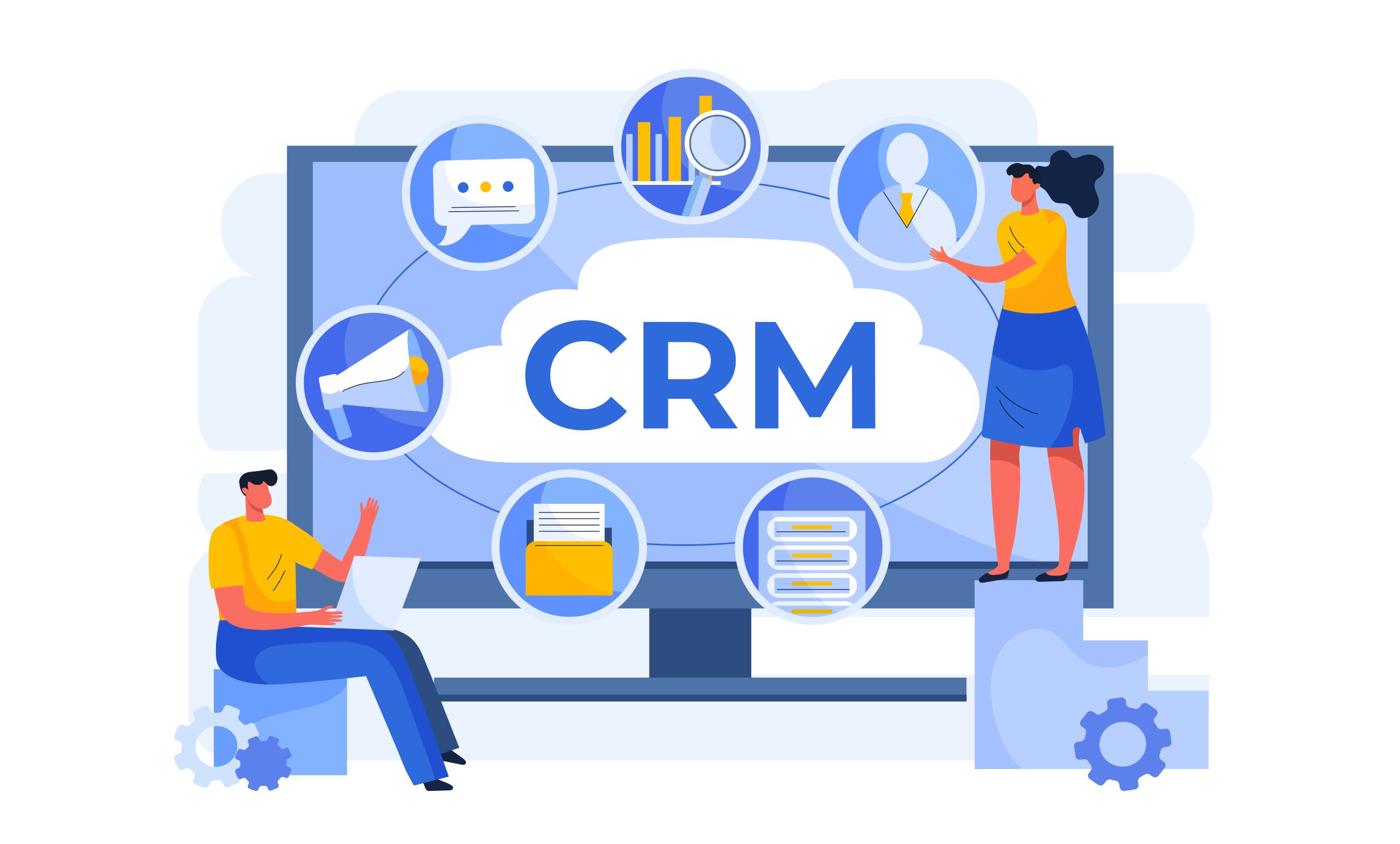Share
Read also

Mobility
Outlook for the BYOD and EM market from 2025 to 2035

Cloud
The Cloud CRM market will see impressive growth by 2033

Mobility
Key trends in Sales Force Automation

Trends & Views
ΑΙ and digital transformation
Customers have never had more options at their disposal before. In an increasingly competitive environment, those who offer the ultimate experience will prevail. But what are the best practices for providing a customer-centric experience and how is CRM involved? Let’s take a look at some of the most effective practices.
Top customer experience
Sales are no longer the only way to manage customer contact. Marketing, support, and many other factors have proven to be equally crucial. But before your teams can stand behind the ideal customer-centric approach, top-level executives will have to come to an agreement, so as to focus on the best possible result. From marketing to delivering the best products and services, leaders need to constantly look for ways to improve.
Open and honest communication is the best way to reach an agreement at a higher level. Explore how your business can maximize customer experience, achieving the highest possible satisfaction rate, and what could work in this direction or prevent this result.
Ideal customer-centric experience
Once leadership agrees that customer experience is a priority, it is time to share their vision for the ideal pre-sale and post-sale experience. They need to know where the customers are, what led them to the solution, but also the resources they are willing to spend to achieve their goals.
In this sense, CRM can be a valuable helper, as you can gather data from the solution or other business systems to avoid misled conclusions and tactics.
Customer map
This map can be a simple spreadsheet or a complex chart. In any case, the final product should be supported by real data, easily accessible by senior executives. Based on this data, you can examine which parts of this journey do not meet customer expectations and what measures you can take in order to offer the required customer-centric experience.
Reassessing the journey through the eyes of customers will help close the gap between the current situation and the ideal outcome, and drive your profitability, since offering the best possible experience translates into satisfied and loyal customers, which is – after all – the whole point of focusing on customer needs.
Correct data, metrics and tools
How do you know you are offering your customers the right customer-centric experience? Gathering the right data and monitoring metrics is the key to building the right base and tracking progress. There are no specific metrics and data that can be universally considered more important, as these vary depending on the business. Mapping all customer interactions – be it sales, support or marketing – to a CRM system can make it even easier to track and report on key metrics. Eliminating data silos reduces unnecessary complexity and makes it easier to develop a comprehensive view of the customer experience.







